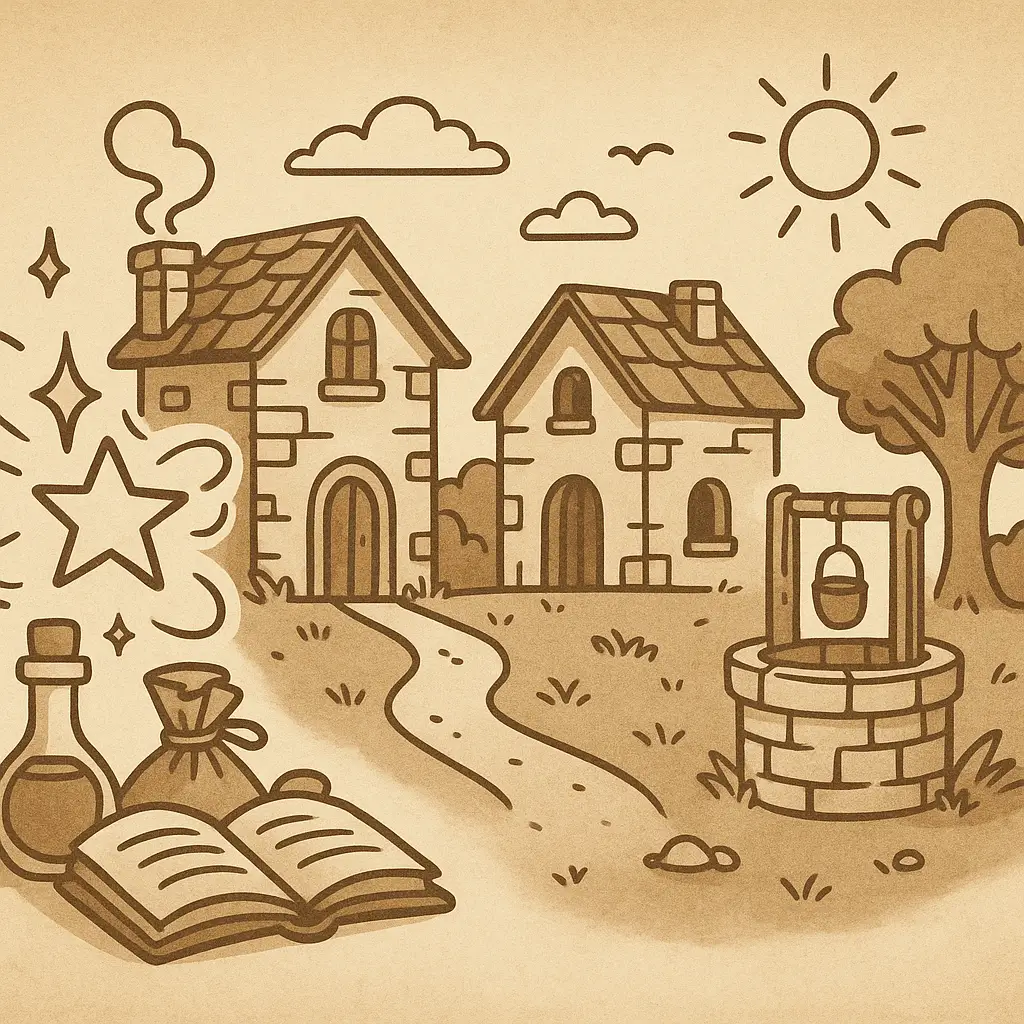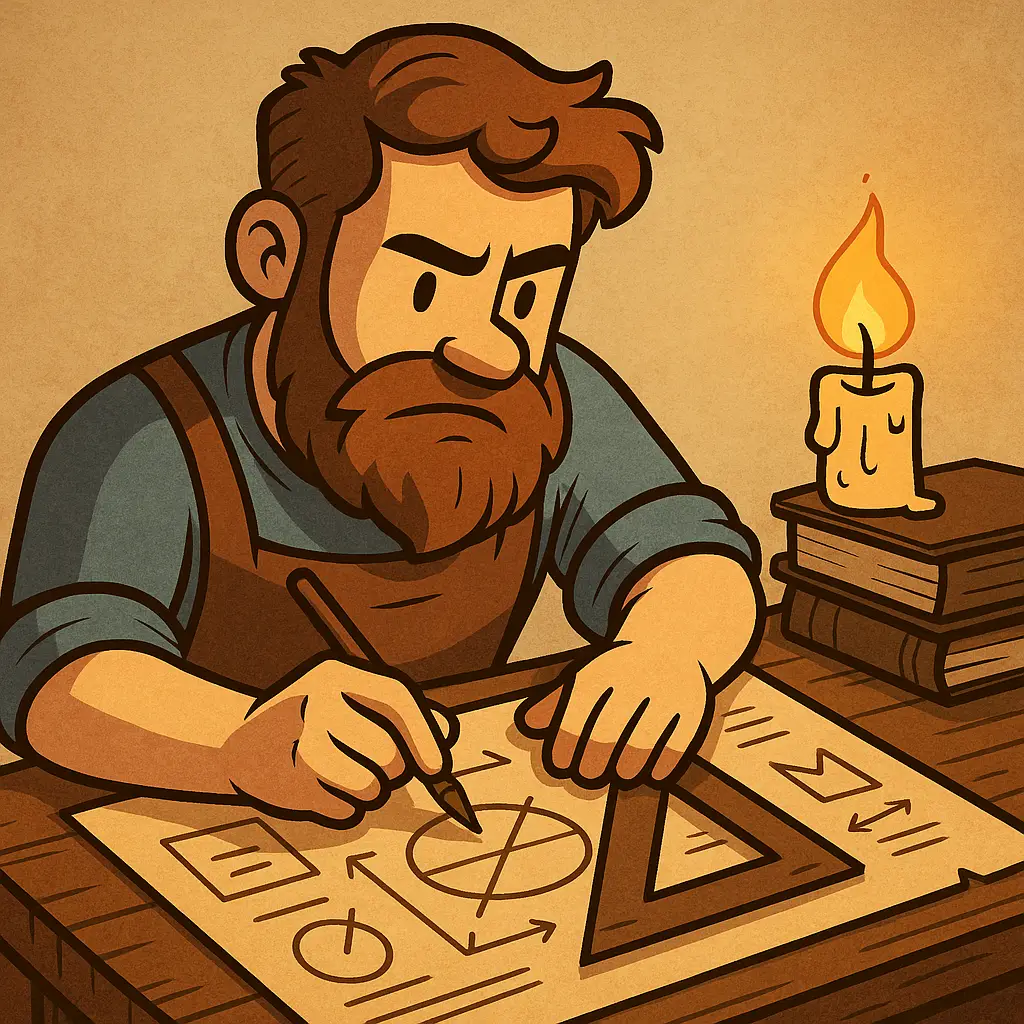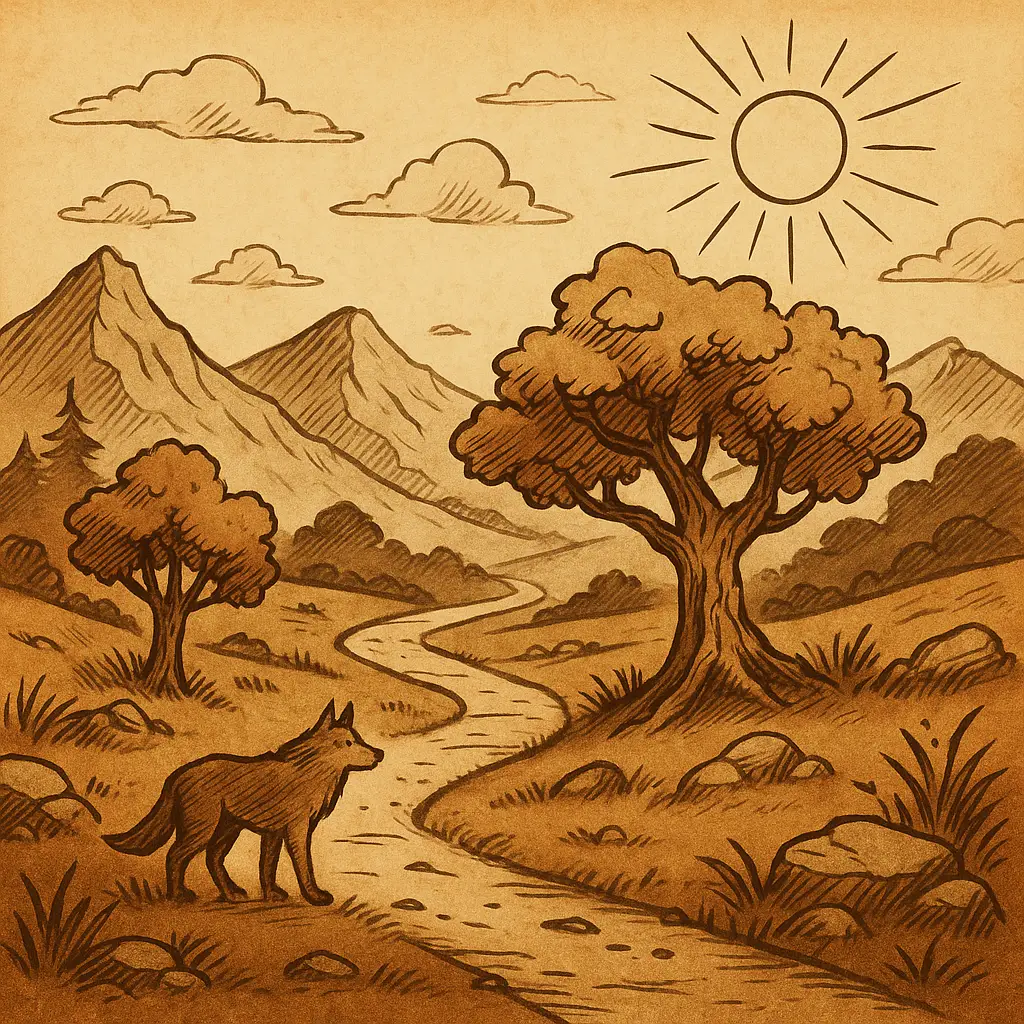How to bring combat scenes, campaigns, and conflicts to life—one stud at a time
There’s a special magic that happens when you combine structured creativity with imaginative chaos. And in few places is that magic more apparent than in the world of LEGO battle sets.
Not the official sets, necessarily (though there are some cool ones out there). No—we’re talking DIY battle scenes crafted from bins of mismatched bricks, custom minifigs, and the wild ambitions of builders who dream in stud-widths and turret fire.
Whether you’re setting up a dramatic clash between mechs and pirates, staging a medieval siege on a custom castle, or simply letting orcs and astronauts brawl in the sand-colored wasteland of your dining room table, LEGO is a battlefield.
Today, we’re diving deep into what makes LEGO battle builds so satisfying, how to build your own from scratch, and why creating these kinetic scenes taps into something deep, imaginative, and endlessly replayable.

🎯 Why Build LEGO Battle Sets?
1. They’re Tactile Storytelling Tools
Unlike traditional tabletop games, LEGO battles can be seen and touched in three full dimensions. They’re storytelling made solid. You can build the fortress. Break the walls. Move the troops. Twist the turret. Feel the explosion.
It’s more than representation—it’s drama frozen mid-swing.
2. They Let You Combine Play and Craft
You’re not just telling a story. You’re building the stage, painting the props, directing the action—and doing it all with interlocking pieces that let you revise and reimagine at will.
Build a castle today. Have it on fire tomorrow. Repurpose the remains into a battlefield trench by Friday. It’s a living world.
3. They Bridge Generations and Genres
Kids see action. Adults see architecture. Gamers see terrain. Collectors see display. The LEGO battle set speaks to them all.
Want to tell a World War II story with dragons? Want to watch cowboys fight robots on a spaceport made of old Harry Potter bricks? Go for it.
No restrictions. Just bricks, minifigs, and imagination.
🧠 Step One: Decide Your Conflict
Before you touch a brick, ask yourself: what’s the story of this battle?
Are you building a chaotic skirmish or a strategic siege? A personal duel or a massed conflict? This will determine:
- Scale
- Style
- Brick palette
- Minifigure count
- Terrain needs
Popular Conflict Styles:
- Castle Siege: Classic knights, archers, and battering rams
- Space War: Mechs, ships, laser turrets, and star bases
- Post-Apocalyptic Skirmish: Rusted armor, makeshift weapons, terrain as hazard
- Fantasy Ambush: Elves vs. orcs in a dense forest or crumbling ruin
- Urban Warfare: City streets filled with soldiers, cars, barricades, and chaos
- Microscale Battles: Small builds representing massive conflicts at a distance
Think of your set as a still from a film. What moment do you want to capture?
Are the enemies charging? Fleeing? Mid-fight? Just arrived?
The more specific your scene, the more dynamic your build.
🏗️ Step Two: Terrain is the Star
Combat needs context.
The battlefield isn’t just a backdrop—it shapes tactics, positioning, and drama.
Here’s how to build effective LEGO terrain for battles:
🔲 1. Baseplate Selection
Start with a strong base. For most battles:
- 32×32 or 48×48 baseplates give you good room to build
- Multiple plates can form modular scenes
- Raised plates or stacked bricks give natural height variation
🧱 2. Verticality is Power
Add:
- Hills
- Cliffs
- Towers
- Crumbled buildings
These provide both visual storytelling (who holds the high ground?) and practical building challenges. Use slopes, hinges, arches, and snot bricks (studs-not-on-top) to create organic shapes.
🌳 3. Texture Sells the Scene
Don’t just plop minifigs on green plates and call it a battlefield.
Use:
- Brown and tan for dirt
- Trans-clear or blue tiles for water
- Leaf pieces for cover
- Dark gray for wreckage or ruins
Layer different colors and shapes to avoid “flat” builds.
🧩 4. Destruction as Detail
You want your terrain to look lived in and fought over.
Add:
- Scorch marks (black tiles or plates)
- Craters (brick-built dips with slopes and irregular patterns)
- Broken walls (tiles that jut out, half-fallen pillars)
- Burned trees, collapsed roofs, thrown-over carts
Think of it like painting with bricks: every piece tells part of the war story.
🧍 Step Three: Assemble the Combatants
The minifigs bring your battlefield to life.
🎭 1. Create Clear Factions
Mix and match heads, torsos, legs, and accessories to form distinct units.
For example:
- Knights with silver armor and lion crests
- Raiders with chainmail, torn cloaks, and red helmets
- Pirates vs. Imperial soldiers
- Robots with red eyes and mismatched armor
Factions don’t have to be uniform—but they should be recognizable.
Use:
- Color schemes
- Shared accessories (cloaks, weapons, helmets)
- Similar facial expressions
🗡 2. Weapon Variety
Not every warrior needs a sword.
Try:
- Crossbows
- Long spears
- Shields with sigils
- Artillery (brick-built catapults, ballistae, or cannons)
- Magical staffs (crystals + rods)
Keep balance in mind: give each side a mix of melee, ranged, and specialists.
💀 3. Don’t Forget Casualties
Add fallen soldiers. Broken shields. Blood splatters (trans-red studs). Helmets on the ground.
It makes the scene more real—and more tragic.
🔫 Step Four: Add Motion and Story
Even static builds should feel like something is happening.
🏃 1. Dynamic Poses
Tilt legs. Raise arms. Twist torsos. Use clear stands or rods for leaping poses.
Make minifigs:
- Ducking
- Charging
- Falling
- Clashing
You’re posing action figures with modular articulation—use that power!
🔥 2. Chain Reactions
Show the cause and effect:
- A mage casting a spell with an explosion happening midair
- A battering ram striking a gate that’s cracking at the hinges
- An archer taking aim while another soldier blocks an incoming strike
Every part of your battle should suggest a moment mid-motion.
🎯 3. Focal Points
Every good scene has a center of gravity:
- The dueling commanders
- A captured artifact
- A powerful siege weapon
Draw the viewer’s attention by arranging terrain, minifigs, and color to highlight that moment.
🧩 Optional Add-Ons and Bonus Ideas
🛡 1. Brick-Built Creatures
Add dragons, golems, sea monsters, or war machines built entirely from LEGO bricks. They’ll tower over the minifigs and add an “epic” scale.
🧨 2. Trap Elements
Incorporate:
- Secret doors
- Trapdoors
- Exploding barrels (red/orange bricks)
- Magic runes
Even in static scenes, these add tension and intrigue.
📜 3. Story Plaques or Scrolls
Use printed tiles or paper signs to label:
- Factions
- Key objectives
- The name of the battle
Treat it like an exhibit or mini diorama.
🎲 Bonus: Turning Your Battle Build into a Game
Want to go beyond display? You can adapt your LEGO battle build into a game system.
Option 1: Use Existing TTRPGs
Adopt rules from:
- D&D (use LEGO as a grid map)
- Skirmish games like Song of Blades and Heroes
- One-page TTRPGs with lightweight combat rules
Assign hit points and movement distances based on brick measurements.
Option 2: Make Your Own
Use:
- d6s for attacks (roll to hit, roll to block)
- 1-stud = 5 feet
- Units with special abilities (archers shoot 4 studs, knights charge, etc.)
Keep it simple. Let the bricks guide the logic.
Reward creativity:
- “You knocked over the wall and crushed two goblins? Brilliant—automatic success.”
It becomes both a war game and a creativity challenge.
📸 Sharing Your Build with the World
If your build turns out awesome—and let’s be honest, it will—consider photographing or filming it.
Tips:
- Use indirect lighting for drama
- Set up phone tripods for top-down or close-in shots
- Use action angles: low to the ground, behind a sword, through an archer’s sights
- Try time-lapse for building or animated “stop motion” sequences
You can even create an Instagram series, blog, or YouTube channel around your builds.
🧠 The Hidden Power of LEGO Battles
Why do these scenes resonate?
Because they do what the best stories do:
- They have clear stakes
- They show action and consequence
- They invite you to care—even if no one’s watching
Building a LEGO battle isn’t just about bricks. It’s about:
- Pacing
- Theme
- Imagination
- Curiosity
It’s a chance to sculpt tension, violence, and drama with your hands—and then pick up the pieces and do it all again.
🧱 Final Thoughts: The Art of the Brick War
A LEGO battle set is a love letter to:
- Your inner tactician
- Your favorite war movies
- Your nostalgic playroom
- Your desire to create something wild, explosive, and personal
There’s no wrong way to build one.
Start with a knight and a goblin. Add a fortress. Add a swamp. Add a flaming robot bear. Add whatever you want.
Just remember:
- Build the story
- Show the motion
- Let it explode
Then take it apart—and build a new legend.
Game on, builder. The bricks await.


